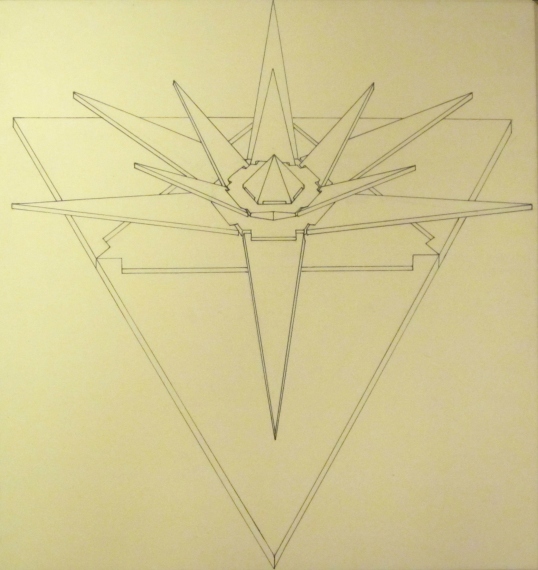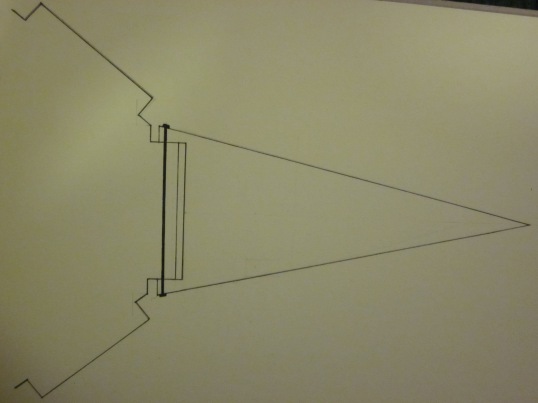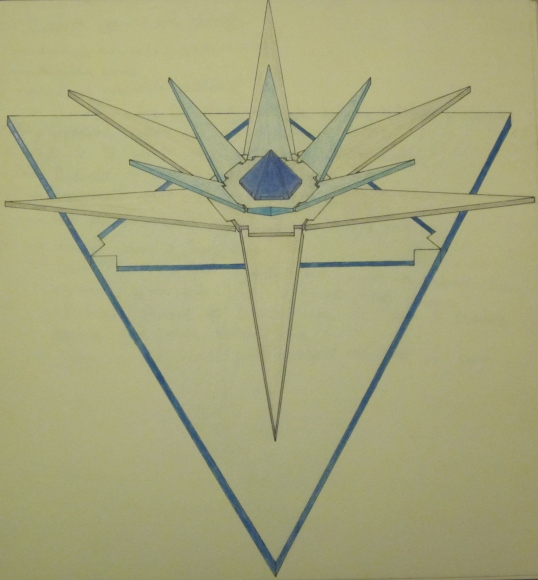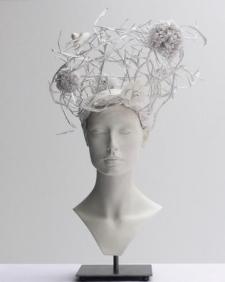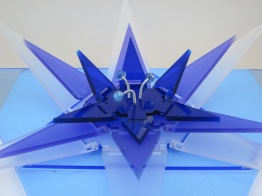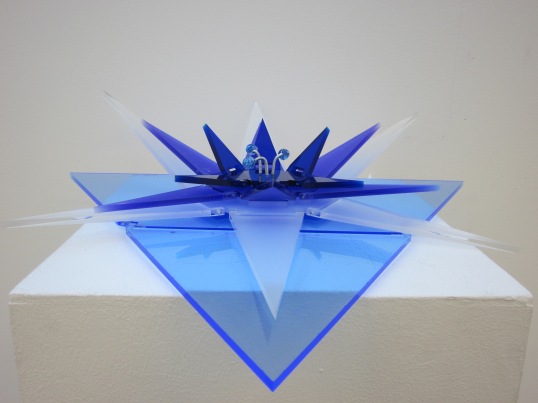I set off by brainstorming various things that unfolded opened out or spread out, such as; a pack of cards, flowers, wings of animals or insects, books, leaflets, stories, etc.
As I have a keen interest in origami and pop-ups I decided this would be a good starting point for this project. I began looking into the work of two pop-up artists who have both produced their own work and also done a lot of collaborative pieces; Matthew Reinhart and Robert Sabuda. I explored some of the technical elements and analysed processes they used to see if I could incorporate aspects of these into my own work.
Matthew Reinhart and Robert Sabuda are popular pop-up book designers and are highly skilled in paper manipulation and engineering.
I find the pop-up element is always the dominant feature on each page and this helps to communicate as much of the story visually. I intend to use some of the techniques that are applied so that the use of text may become redundant in my own pop-up.

Most of their work is based on child-like, fantasy themes as this allows them to be more extravagant with their designs. Their paper engineering is not limited to just using paper, often pieces of dowel or string are incorporated in order to create the optimum movement. I would like to use a variety of materials to produce my own pop-ups. This will allow me to create a more tactile piece and help to portray the story I am trying to get across.
I became inspired by an outfit made out of concertinaed paper, and this influenced an array of new ideas.
When I looked at my ideas I soon realised that most of them had become static pieces that just contained a folded/unfolded or spread out appearance. I then explored ways I could develop an idea further so I could create a piece of work that was mechanical.
I selected the bracelet made out of slightly unfolded triangles to develop and studied the dynamics of the shape used and its versatility.
One of the areas I looked at was unusual ways the triangles could be connected together to create other shapes and this led me to investigate it as a 3-Dimensional shape in the form of a pyramid.
Still keeping in mind the idea of accessories, my experimentation with pyramids led me to develop a ring design. It consisted of a plain band set with a triangular based pyramid embellishment. This then unfolded to reveal a smaller pyramid and the same again. I then tried including a hexagonal base as well as the triangular based pyramids to give it a strong resemblance of a flower as if it was opening out and blooming.
I originally thought about making this piece out of metal but due to the dynamic shape of the design I think it would be eye-catching if the use of colour was incorporated into it. In order to achieve this, it has led me to consider its construction out of acrylic.
When I looked into the construction of the embellishment of the ring and making the hinges for the pyramids out of acrylic, it led to some technical problems, due to the small-scale, which caused the piece to be redesigned into a bracelet and then into a fascinator to combat this.
To create the hinges I am going to have two small tabs at either end of each piece that unfolds out and drill holes through these so that I can peg it into place using thin metal rod. I plan to use 5mm thick acrylic so that I have enough thickness to drill into the side of it, to form the holes for the pegs. Each piece of the fascinator is going to be laser cut so that the tabs for my hinges fit together exactly.
At the Lost in Lace exhibition Ana Holck produced work that included the use of perspex hinges, which I am using for my unfolds, opens out or spreads out project. Her architectural work tries to show an understanding and awareness of space as she replicates the hexagonal concrete pavement that is commonly found in Rio de Janeiro out of perspex and hinges the shapes so that the structure flows throughout the interior of the museum. I find Holck’s construction of the hinges does not appear to impair the continuity of the visual effect which is what I would like to do with my piece of haute couture fashion accessory to make it more aesthetically pleasing.
When I looked into the construction of the embellishment of the ring and making the hinges for the pyramids out of acrylic, it led to some technical problems, due to the small-scale, which caused the piece to be redesigned into a bracelet and then into a fascinator to combat this.
I had to change the design of the hinges in order to be able to construct it.
After exploring various colours and finishes in perspex, I felt the angular fashion of the flower petals were better suited to a cooler colour scheme. The mixture of transparent and frosted finishes also suggested an icy feel.
To maintain its strong resemblance to a flower I’ve experimented with making anthers, to sit within the central pyramid.
After researching haute couture headpieces, I have thought about displaying it on a plinth with photographs behind it to show the piece in context. Someone with blonde hair would be best to model the fascinator as this would not dull the transparent colours of the perspex. I would have them wearing a plain dark blue top that matches the colour of the central pyramid to accent this key bit of detail.












